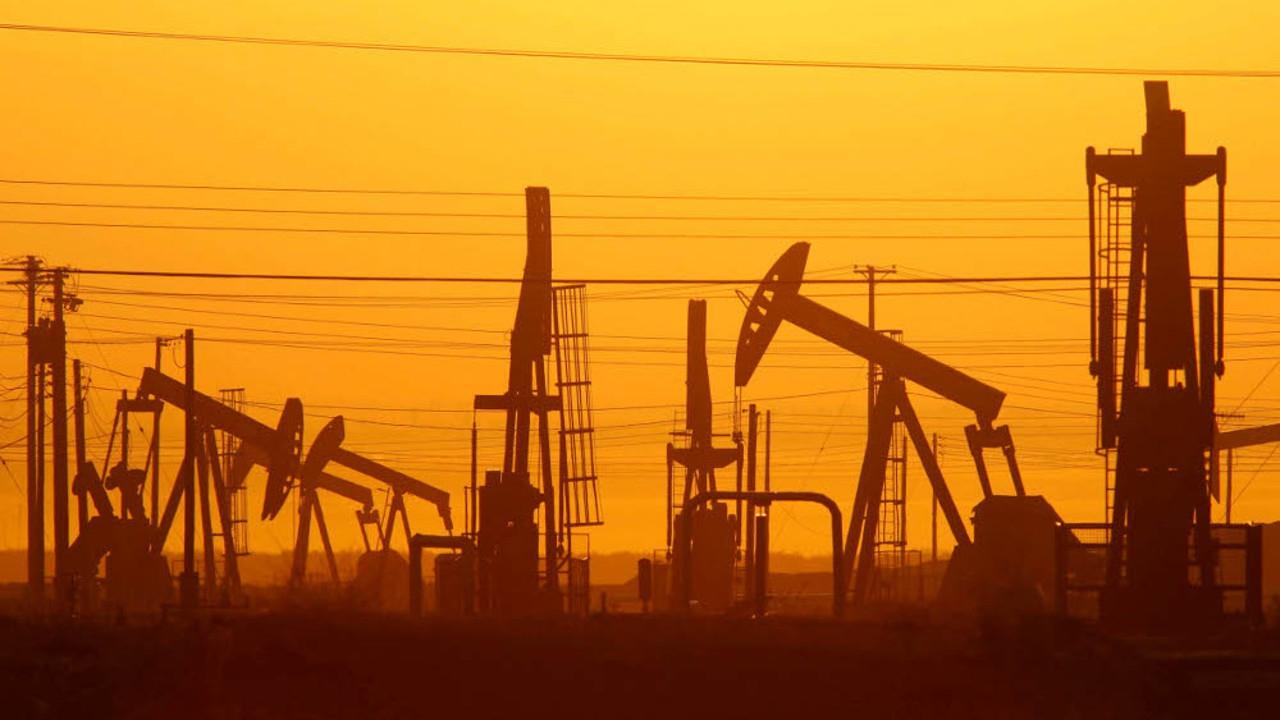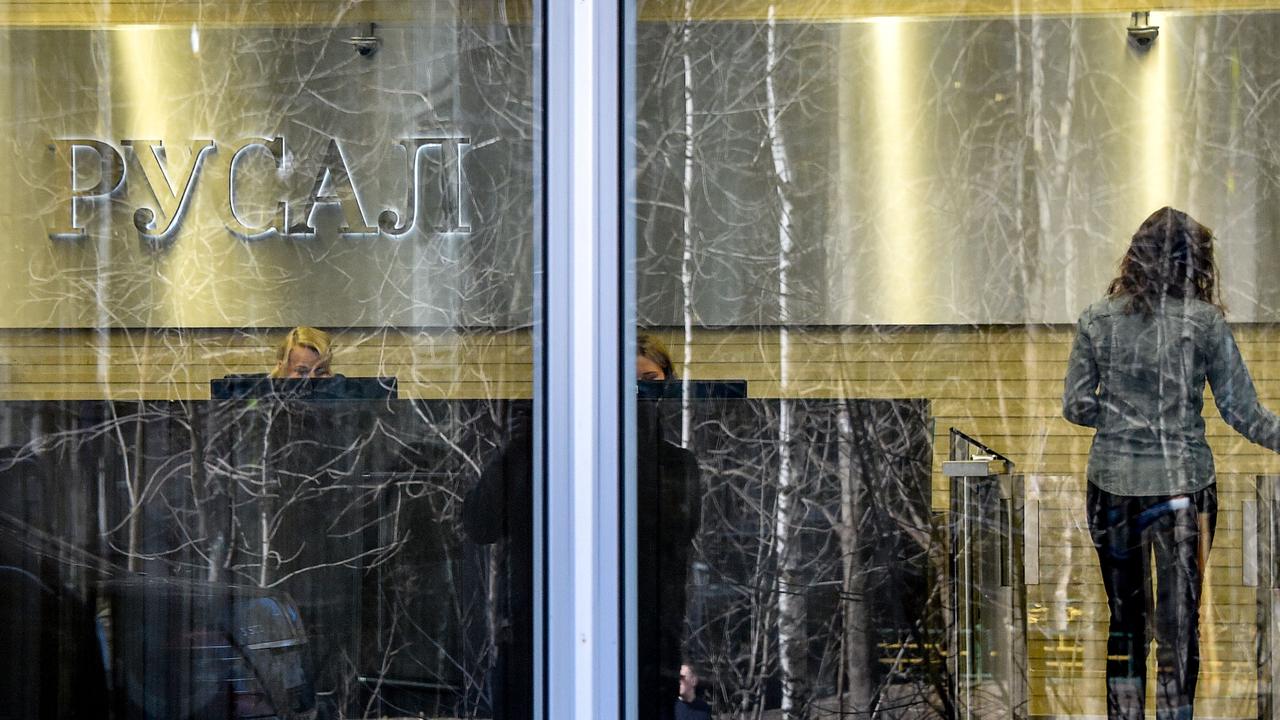Gas market logic in short supply
Worries about gas supply and pricing are valid, but can only be resolved with less regulation – not more.

Without much regulation, the industry has invested about $30 billion in gas pipelines over the past decade and a half – more than $12bn of it funded by APA shareholders – to create a sophisticated east coast gas grid.
While APA might dominate that grid, and there may be pipelines within it that appear to be monopolies, transmission charges haven’t increase in real terms for more than a decade -- despite the investment, despite a 65 per cent increase in gas prices and despite a trebling of demand for gas fuelled by the construction of the three giant export LNG plans in Queensland.
So, there has been very substantial investment to create a grid of gas transmission pipelines that has delivered, according to APA consultants, efficiencies to the market of $120 million to $150m and ongoing savings of between $15m and $32m a year without any real price increases.
Why is that a problem than requires more regulation? It’s a problem because the Australian Competition and Consumer Commission said it was.
Earlier this year the ACCC conducted an inquiry into the east coast gas market against the backdrop of spiking gas prices and concerns about security of future supply, as massive volumes of what used to be gas trapped within the domestic market are now being exported via the Queensland LNG plants.
The commission pointed to the obvious source of threat to the availability and cost of gas for the domestic market. It’s all about supply.
There are significant undeveloped unconventional onshore gas resources that could supply the east coast market but the impact of low oil prices on exploration and, more particularly, the moratoria on onshore exploration and development of even conventional gas resources by the eastern state governments, means those resources are being defined and can’t be developed.
Unable to do anything about the core issue, the ACCC focused on a relatively minor one where it potentially could do something – the transmission pipelines that represent between 5 per cent and 10 per cent of the delivered cost of gas.
It claimed evidence of monopoly pricing and consequent exorbitant returns and recommended that COAG should introduce a new test for regulation of gas pipelines with substantial market power where it was in the long-term interests of gas consumers.
That led to COAG’s reference of the question of whether the pipelines should be regulated to Dr Michael Vertigan.
It is worth re-stating that the industry has, without regulation, invested $30bn of private capital in the grid and that prices haven’t risen in real terms for more than a decade.
In some instances significant investments – like APA’s $800m South West Queensland pipeline, which it committed to during the peak of the financial crisis – were built ahead of actual demand and tariffs were negotiated with foundation customers that are themselves large, sophisticated and have their own countervailing market power.
By developing what ultimately has become an intelligent grid of pipelines along the east coast, enabling gas to flow in different directions or to be swapped, the pipeline owners have created network benefits that generate economic benefits generally and attractive returns on the incremental investments the pipeline companies themselves make.
That – the returns on incremental investment to the investors rather than the benefit that the creation of the grid has delivered to consumers – is something that attracted the ACCC’s attention.
It thinks that regulation of gas prices, and imposing a 10 per cent to 50 per cent reduction in transmission charges, could produce a big reduction in the delivered price of gas.
What it would do is increase the profits of gas producers or distributors and lead to reduced investment by the pipeline companies for what is, given the proportion of gas prices that relates to transmission costs, modest consumer benefit.
One of the more interesting ACCC positions is that, after 15 years or so – once shareholders have recovered the investment in a pipeline – it should be regulated on the basis that tariffs reflected only the forward-looking costs of operating and maintaining it. In other words, the value of the investment would essentially be expropriated by regulation.
As APA’s consultants say, imagine what might happen to residential investment and construction if, once a regulator determined an initial investment had been recovered, rents could only cover operating and maintenance costs.
The reality of greenfields pipelines are that they involve some significant risks both in terms of the prices that can be negotiated with foundation customers to provide base volumes – that might not be sufficient to underwrite the economics of the investment by themselves -- and the assessments of likely growth in future demand for the capacity.
Most of the pipelines built today had no regulatory revenue certainties attached to them and wouldn’t have been built if the companies and their shareholders were satisfied that there would be attractive and long-term risk-adjusted returns. These are infrastructure assets, where the risks and returns are measured over decades.
Regulation of tariffs that restricted them to the marginal costs of operating and maintaining a pipeline and that ignored the sunk investment would not only have implications for future investment, but it would also work against efficiency gains. There would no benefit in lowering marginal costs to the benefit of shareholders and/or customers, but rather an active disincentive.
Increased competition regulation is usually only a solution when there is an obvious failure of market-based approaches.
There may not be a lot of competitors or direct head-to-head competition between pipelines but, at the macro level at least, there is no obvious evidence of monopoly pricing. If there were, real prices would have been rising as the demand for gas boomed and the pipeline operators took advantage of their market power.
If the longer-term supply picture in the east coast domestic gas market is to be resolved, it won’t be by regulating pipelines that account for a fraction of the delivered cost but by opening up new supply. If that’s to happen, it won’t be by adding regulation but subtracting it and the state prohibitions on developing new resources.



APA Group’s submission to the Vertigan Inquiry that is considering whether more gas pipelines should be regulated came with several expert submissions on the technical issues. It is, however, the basic description of the industry that provides the most convincing argument as to why its returns don’t need to be regulated.